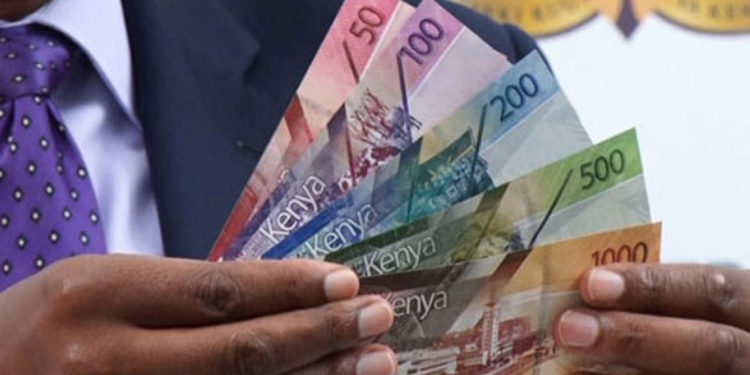In a striking development in the financial markets, the yields on the 91-day Treasury Bills have surged, surpassing those of the 182-day T-bills, creating a rare inversion on the shortest end of the government’s yield curve. This unexpected situation has left the Treasury grappling with elevated finance costs in the short term, as the performance of the 91-day paper outpaces its longer-duration counterparts.
Recent auctions have witnessed a remarkable trend, with investors displaying an increased appetite for the shorter-duration 91-day Treasury Bills. As a result, the interest rate on the 91-day T-bill reached its highest level in the last nine years, while the rates on the 182 and 364-day papers are now at levels last observed in February 2016. During the most recent auction, the interest rate on the 91-day T-bill skyrocketed by 33 basis points to 12.68 percent, with the 182-day T-bill rising by 16 basis points to 12.55 percent. Similarly, the rate on the one-year paper surged by 38 basis points to 13.1 percent.
Read more: Treasury Bills Record Poor Performance in Subscription of 38.1% from 164.5% recorded Last Week
This remarkable inversion has been triggered by a combination of factors. Analysts point to the exceptionally high demand for the 91-day Treasury Bill as a reflection of investor behaviour in response to the prevailing macroeconomic factors and concerns surrounding the government’s debt distress position. Seeking to safeguard their real rate of return, investors are opting for the 91-day paper as a short-term hedge, driving its yields to unprecedented levels. The current market dynamics indicate that investor aggression is further fueled by the government’s pressing need for debt amidst tough macroeconomic conditions. This environment provides an opportunity for investors to leverage their positions and demand higher yields across all government paper issuances.
Looking ahead, market analysts predict that the yields on government paper will continue to rise, driven by a combination of factors such as inflation and increased domestic financing requirements. The recent surprise increase in the base rate to 10.5 percent from 9.5 percent during a June Monetary Policy Committee meeting has further signalled the likelihood of higher rates in the foreseeable future.
Read more: MPC Hikes Interest Rates to 9.5% from 8.75%
However, the Treasury now faces a significant challenge in managing its debt portfolio efficiently, as elevated finance costs pose potential risks to the fiscal budget. Due to this situation, striking a balance between short-term funding needs and long-term debt sustainability is crucial for the government to navigate through this period of heightened market volatility.
Email your news TIPS to editor@thesharpdaily.com

















